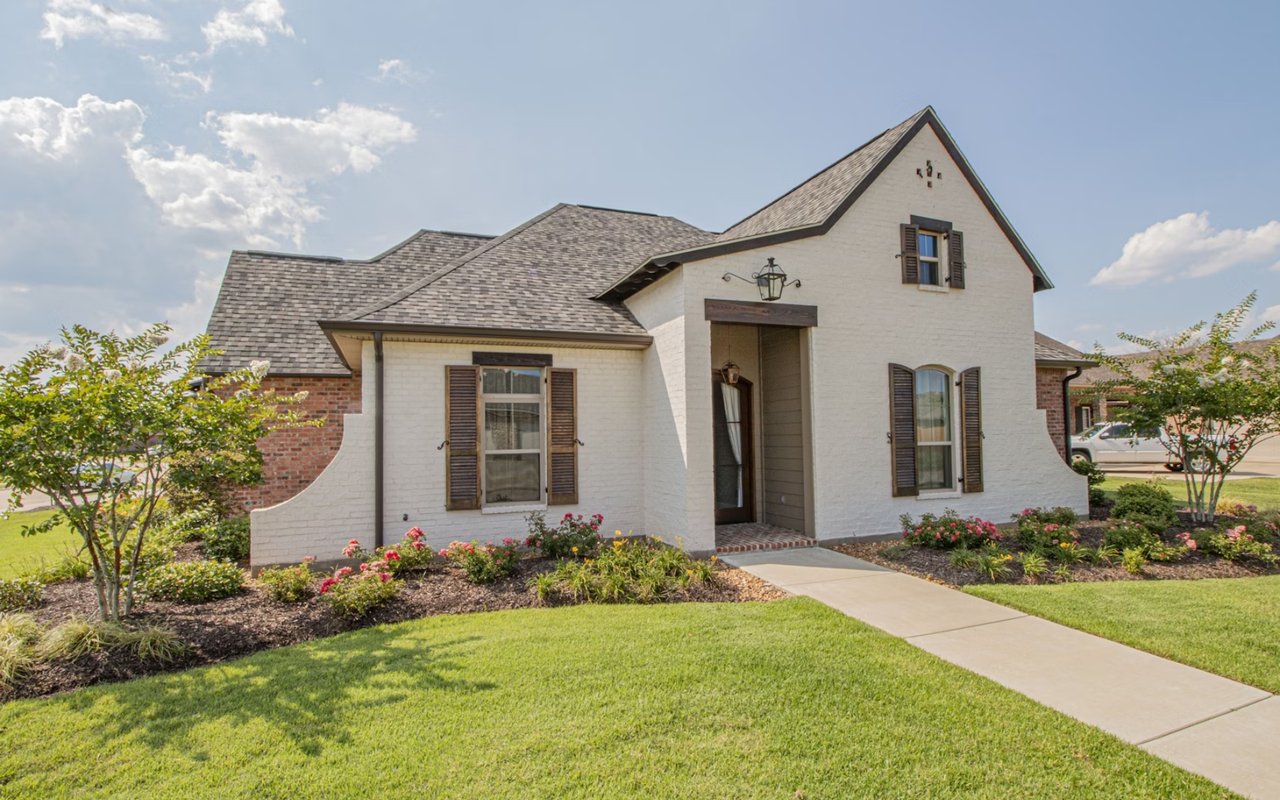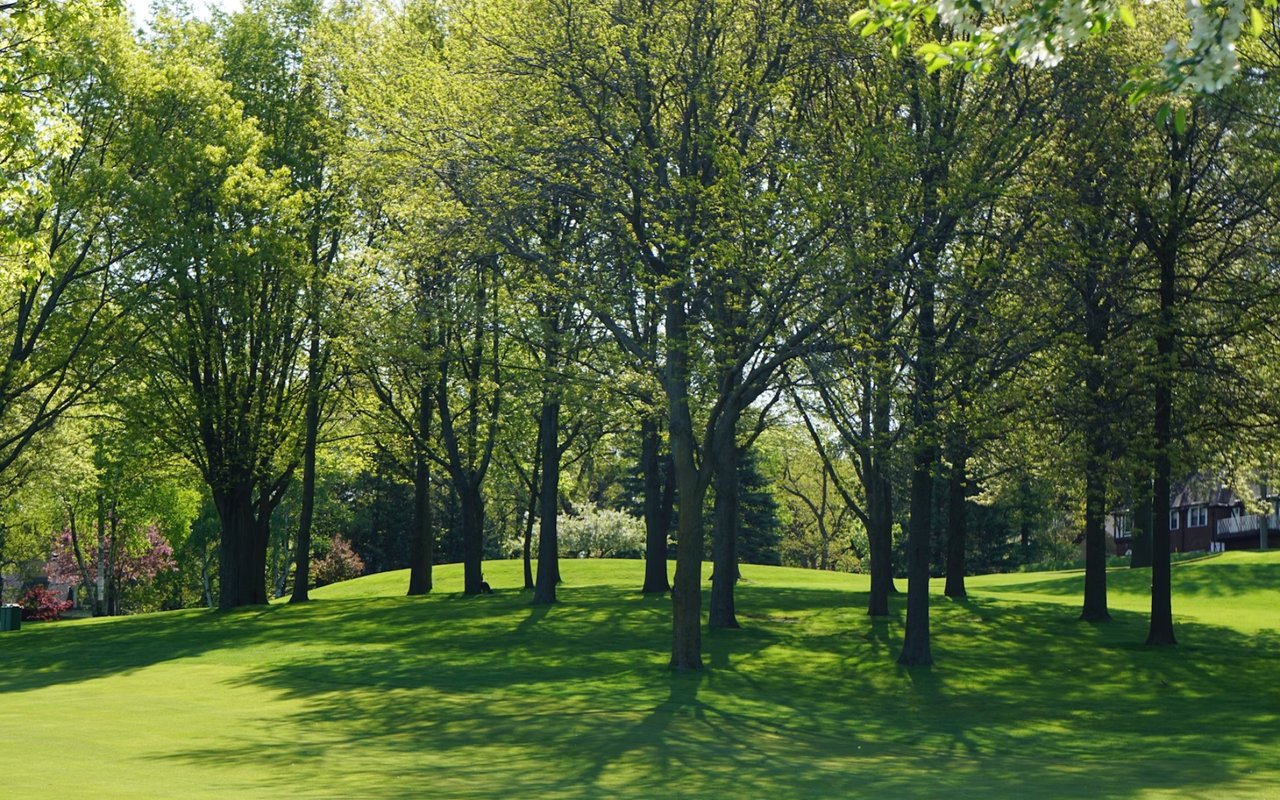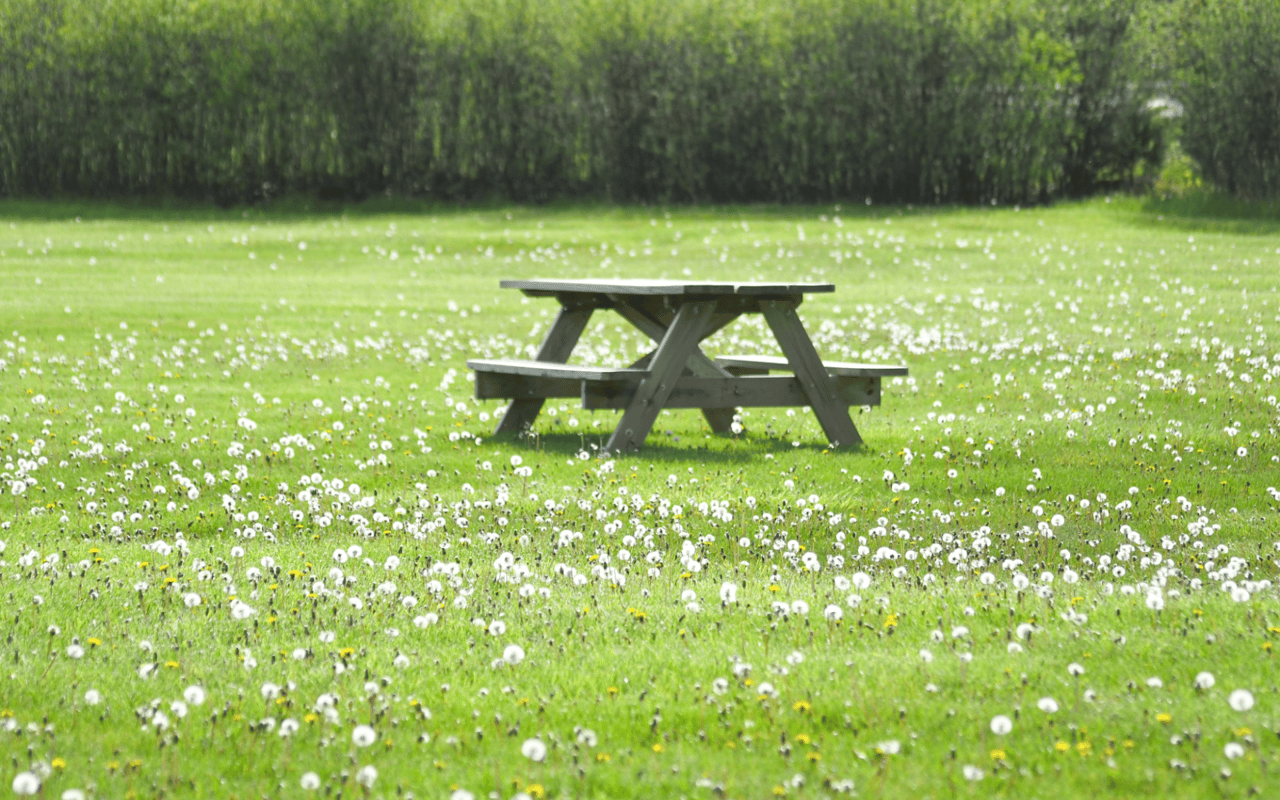Waco, TX, architecture showcases a layered history where early settlement, economic shifts, and community resilience have each left a distinct imprint on its streetscapes. From historic Victorian mansions and mid-century modern gems to revitalized downtown warehouse conversions, the architecture in Waco, TX, narrates the city’s growth from a riverfront trading post to a lively cultural hub. For those seeking to understand this Texas city beyond its well-known attractions, its architecture provides a compelling, tangible guide to Waco’s evolving character.
Victorian Elegance
Victorian architecture in Waco, TX, is marked by its ornate woodwork, steeply pitched roofs, asymmetrical facades, and decorative porches, reflecting the city’s growth in the late 19th century. The McCulloch House and Earle-Harrison House are local examples, showcasing elaborate brackets, spindlework, and bay windows that illustrate the craftsmanship of the era. Many of these homes are located in historic neighborhoods near downtown, maintaining their period integrity while adding character to Waco’s residential landscape.
Craftsman Bungalows
Early 20th-century Craftsman bungalows are a hallmark of Waco, TX, architecture, emphasizing natural materials, wide front porches with tapered columns, and open interior layouts. These homes are often found in neighborhoods such as Dean Highland and Castle Heights, where tree-lined streets frame rows of low-slung roofs and exposed rafter tails. The Craftsman style reflects a focus on simplicity, handcrafted details, and functional living spaces that remain popular among Waco residents seeking warmth and historic charm.
Prairie School Influence
Waco, TX, architecture also reflects Prairie School influences, inspired by Frank Lloyd Wright’s principles of horizontal lines and integration with the landscape. The use of low-pitched roofs, overhanging eaves, and grouped windows in certain Waco homes emphasizes these characteristics, offering a serene, grounded aesthetic that aligns with the Texas terrain. Prairie School homes in Waco typically showcase built-in cabinetry and open floor plans, blending practicality with understated elegance.
Mid-Century Modern Finds
Post-war expansion introduced mid-century modern architecture to Waco, TX, with homes characterized by clean lines, large windows, and indoor-outdoor connectivity. These homes often feature flat or low-pitched roofs, carports, and minimalist interiors with exposed beams and brick accents. Mid-century neighborhoods in Waco offer buyers opportunities to embrace timeless design principles while enjoying the spaciousness and light-filled environments these homes provide.
Revitalized Downtown Warehouses
Downtown Waco, TX, architecture reflects a revival of historic warehouse structures into loft apartments, boutique offices, and retail spaces. Exposed brick walls, steel beams, and reclaimed wood floors have become defining features of these adaptive reuse projects. The transformation of the Behrens Lofts and other downtown buildings captures Waco’s commitment to preserving architectural heritage while creating vibrant spaces for modern urban living and commerce.
Colonial Revival and Traditional Styles
Colonial Revival architecture can also be found throughout Waco, TX, with symmetrical facades, multi-pane windows, and columned porches that draw inspiration from early American colonial structures. Traditional brick homes with classic proportions and gabled roofs align with the city’s enduring architectural preferences, providing timeless curb appeal in neighborhoods across Waco. These styles emphasize order, balance, and a connection to American architectural roots while offering modern livability.
Spanish Revival Accents
Spanish Revival elements appear in Waco, TX, architecture through stucco exteriors, red tile roofs, arched openings, and wrought-iron details, adding warmth and regional character. This style, influenced by the Spanish missions of the Southwest, brings textured surfaces and earthy color palettes to Waco’s residential areas, offering a unique contrast to the brick and wood structures found elsewhere in the city. Spanish Revival homes in Waco often incorporate courtyards and patios, blending indoor and outdoor living seamlessly.
Magnolia-Inspired Renovations
Waco, TX, architecture has experienced renewed interest due in part to the influence of local renovation projects that celebrate the city’s existing structures while adding fresh design perspectives. Many homeowners have embraced modern farmhouse aesthetics, characterized by white exteriors, black window frames, shiplap walls, and open-concept layouts. These Magnolia-inspired renovations complement Waco’s architectural fabric, blending historic elements with contemporary updates that preserve character while enhancing functionality.
Historic Preservation Efforts
Historic preservation in Waco, TX, has played a vital role in maintaining the architectural integrity of neighborhoods and individual structures. Organizations such as Historic Waco Foundation actively protect and restore historic homes, ensuring future generations can experience the craftsmanship and design of earlier periods. Preservation guidelines help homeowners maintain the authenticity of architectural styles while allowing for modern updates, reinforcing Waco’s commitment to honoring its architectural past.
Neighborhood Architectural Diversity
Waco’s neighborhoods display a mosaic of architectural styles, reflecting the city’s varied economic and cultural history. From the Victorian homes of Austin Avenue to the mid-century designs in Brookview and the modern builds near Lake Waco, the diversity of architecture in Waco, TX, allows residents to find homes that align with their aesthetic preferences while staying connected to the city’s heritage. This variety contributes to Waco’s distinctive character, attracting homeowners who value architectural diversity and a strong sense of place.
Embracing Waco’s Architectural Legacy
For those exploring real estate in Waco, TX, architecture provides more than visual appeal; it offers a connection to the city’s stories, craftsmanship, and evolving community values. Understanding the architectural styles in Waco can guide buyers toward properties that align with their personal style while contributing to the preservation and appreciation of the city’s unique character. Whether drawn to a Victorian mansion, a Craftsman bungalow, or a modern renovation downtown, Waco’s architecture invites residents to become part of its living history.
Your Home, Your Story
Explore the possibilities in Waco, TX, where architecture meets lifestyle and history blends seamlessly with modern living. Let Jacob Sloan guide you through Waco’s diverse neighborhoods, helping you find a home that matches your vision while honoring the character of this vibrant Texas city. Whether you are buying your first home or seeking a historic property to restore, Waco offers opportunities to live within stories worth preserving. Connect with Jacob today to begin your Waco journey.



